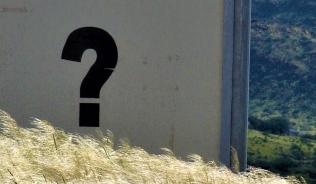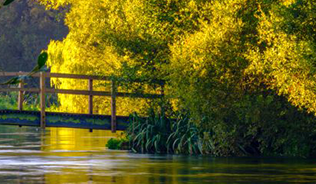This article is taken from 'Transforming the planet: Our vision for the future of environmental science', which sets out a vision for the role of environmental science in facilitating the transition to a sustainable society.
That vision is one where environmental scientists help people to solve environmental challenges and co-create a sustainable society where people and nature thrive. Throughout the IES’s Future of ES23 horizon scanning and foresight project, it has been clear that doing so will rely on forging closer links between science, policy, and the public.
Read our full vision in Transforming the planet.
The relationship between science, policy, and the public is crucial for ensuring effective regulation, evidence-informed policy, and an empowered public. Despite the importance of this relationship, the interface between science, policy, and the public has ‘hollowed out’ over time, as interactions have become increasingly transactional, and trust has become strained and polarised.
While these challenges persist, there is already significant progress being made in modern science communication to improve those relationships. The success of those efforts will determine whether the future is one where society is estranged from the knowledge and the means to deal with environmental challenges, or one where the public is empowered to pursue transformative change.
What next?
Best practice is already emerging. Evidence and monitoring can be embedded into the feedback loop of policy implementation to make regulation more effective and inform the public’s appreciation of what works. Research-informed scientific literacies can be spread to increase public understanding of science and policy. Networks and knowledge communities can be developed which unite science, society, and policy to solve environmental challenges.
The challenge for the future will be to make these practices more widespread, bringing together all applications of science at a single point that connects to society: the tip of the SPIRE. Evidence-informed monitoring without public support may be illegitimate. Scientific literacies which do not facilitate solutions may be disempowering. Knowledge networks without access to evidence may be ineffective.
Only combining all three will be sufficient to empower communities to make decisions about the future and to give policy the data it needs to create change.
The natural world has the potential to benefit all people and places, now and in the future. That mutually beneficial relationship depends on closer ties between science, policy, and the public. Only together can we build a broader church for a shared environment.





